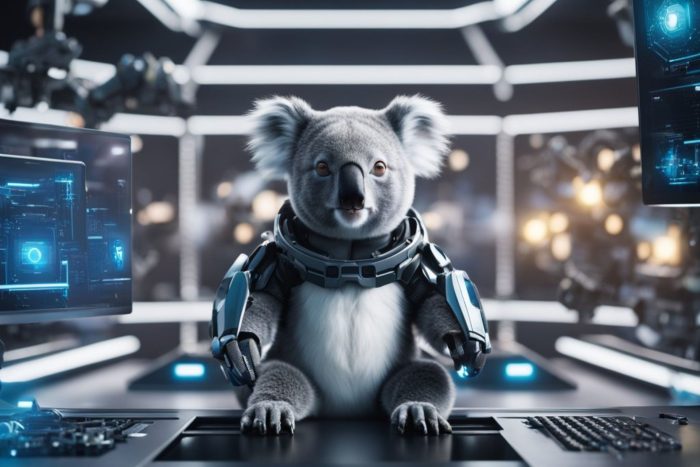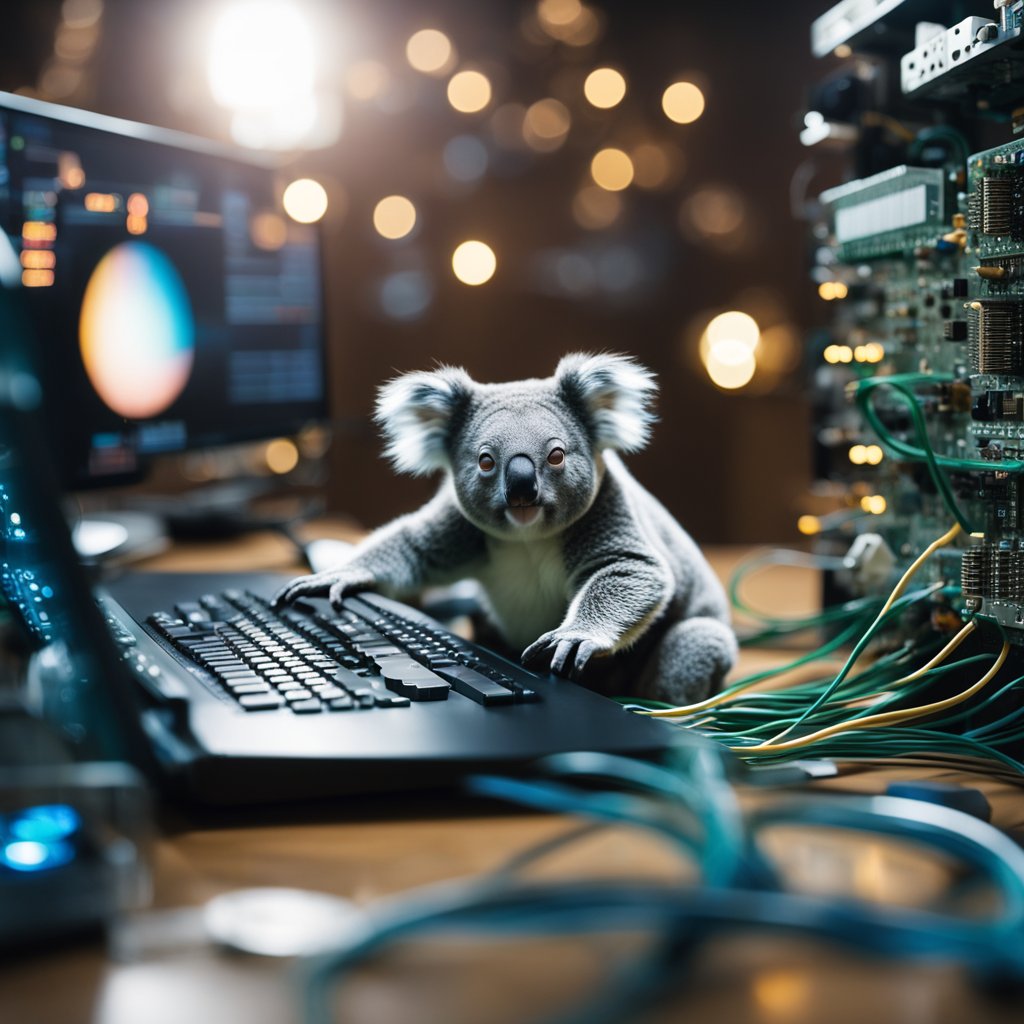Koala AI generates images 5X faster than DALL-E and requires less resources
This free AI image generator is smaller, faster and more performant than some of its larger counterparts
3 min. read
Published on
Read our disclosure page to find out how can you help Windows Report sustain the editorial team Read more

South Korean scientists bring Koala, a new AI image generator, faster than the others. In addition, you can use it on low-spec computers as well. After all, it only requires a GPU and at least 8 GB of RAM. Thus, we can say that Koala AI is very accessible and efficient.
How is Koala AI different from its larger counterparts?
What sets Koala apart from the other image-generating AI is the process of knowledge distillation. This method takes an open-source image-generating model and compresses its parameters to a much lower value. For example, the smallest variation of Koala works with 700 million parameters.
Furthermore, the knowledge distillation process reduces computational demands, but it doesn’t limit the performance while doing it. Thus, you will still get high quality images.
In terms of generation speed, Koala is better than Open AI’s DALL·E 2 and 3 versions. After all, it can create images in just two seconds, while the models from Open AI require more than 10 seconds. However, you might need to wait a little bit more. Yet, the results might surprise you.
Can I generate AI images for free?
You can generate AI images for free, especially with Koala. After all, it is a free AI stock image generator. So, We asked the Koala to make a koala bear who works on a laptop, and this is the result:

As you can see, the result is far from perfect. Yet, the fact that we could use low-end computers for AI could lead to impressive discoveries. After all, Koala shows us that it is possible to reach great results even at low operational costs. So, scientists want to integrate it into more fields, such as education, content production, and others.
Ultimately, Koala could lead to the democratization of AI, especially since it can run on low-end computers. Furthermore, the results are not bad for a free stock image generation AI. In addition, it is faster than the larger models and shows that sometimes less could be more and better. Moreover, we can’t wait to see how the education systems will integrate the Koala AI into their curriculum.
By the way, there is ongoing research about using large language models to train visual language models for better images. Also, if you want to learn more about the Koala AI, check out their work on Hugging Face.
What are your thoughts? Are you going to give Koala a try? Let us know in the comments.








